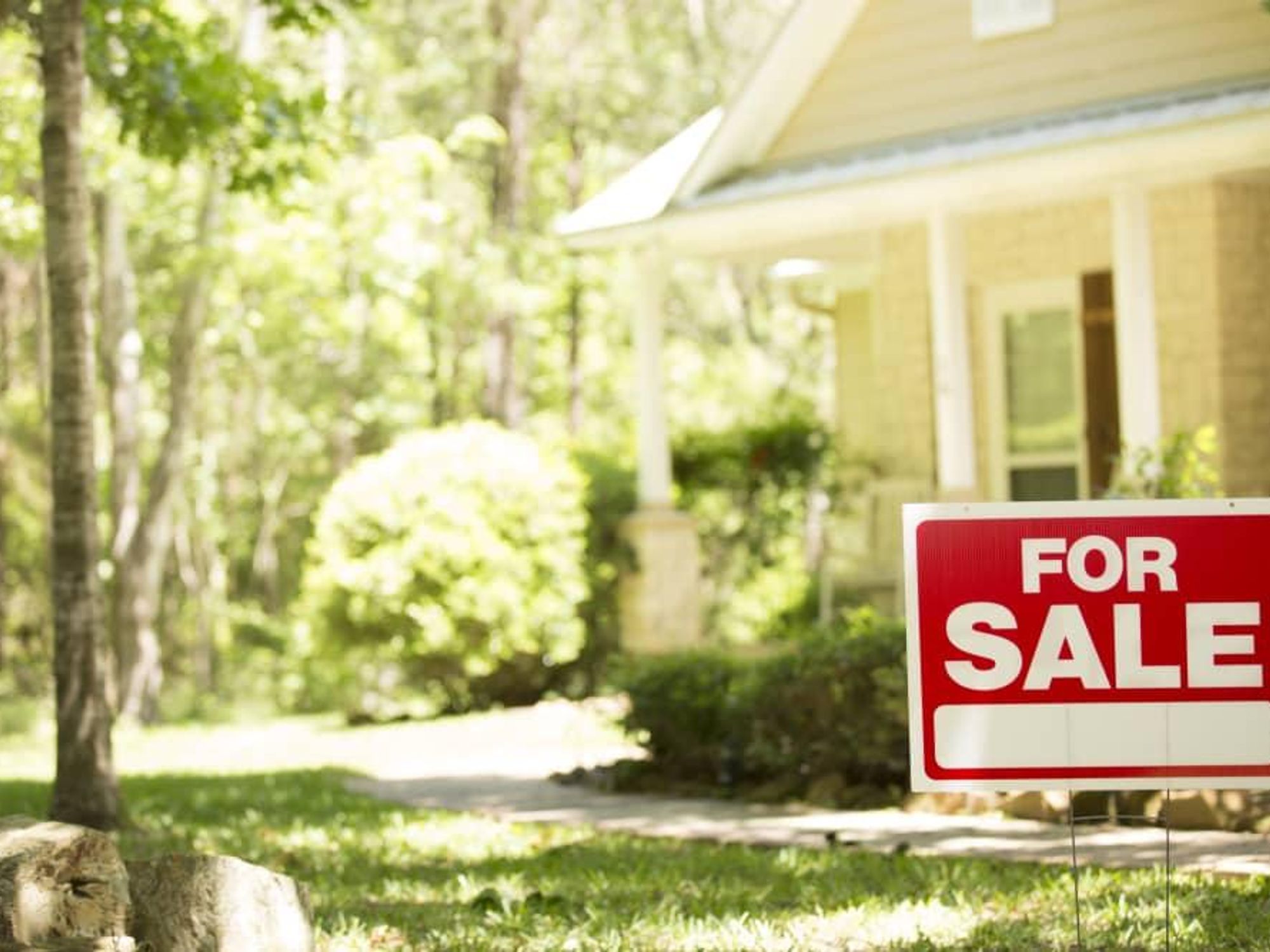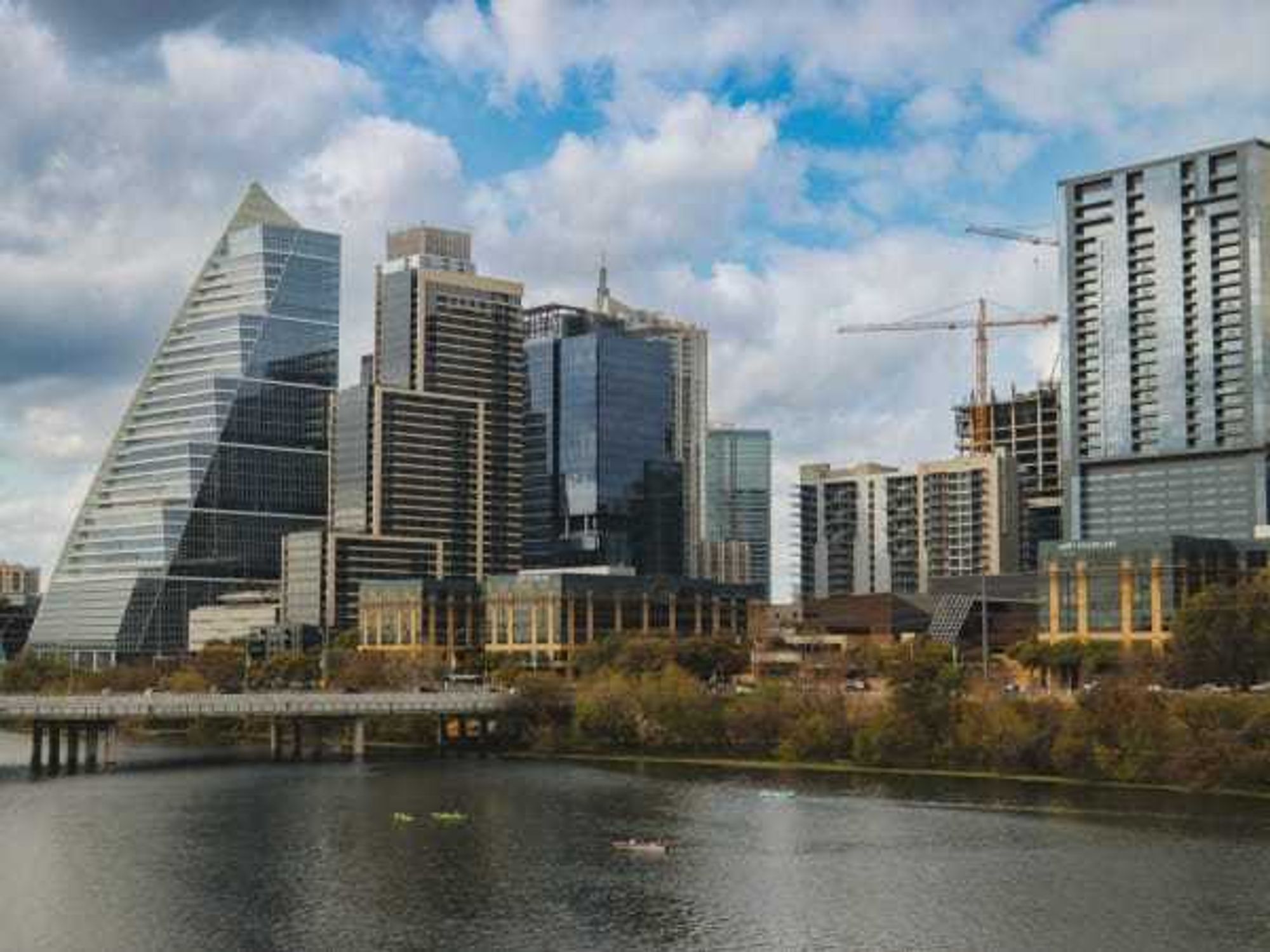Shifting foundation
This East Austin neighborhood gentrifying faster than almost anywhere else in U.S.

Over the past few years, researchers from the University of Texas sounded the alarm about gentrification displacing low-income residents — mostly people of color — in Austin. Now, a new analysis by Realtor.com further validates fears about the economic shift, naming one Austin enclave among the top 10 fastest-gentrifying neighborhoods in the U.S.
The Johnston Terrace neighborhood in far East Austin appears at No. 4 on Realtor.com’s list of the country’s fastest-gentrifying neighborhoods. The website’s data shows a massive shift in the demographics of Johnston Terrace, which is bordered by Airport Boulevard to the west, and U.S. Highway 183 to the east and south. The neighborhood, traditionally anchored by people of color, sits fewer than five miles northwest of Austin-Bergstrom International Airport.
Realtor.com says the median sale price of a home in Johnston Terrace soared 148.2 percent from 2012 to 2017. The median list price of a home there is now $424,000, according to Realtor.com.
In line with those numbers, the median household income in Johnston Terrace also increased, climbing 29.5 percent from 2015 to 2017, and the share of residents with at least a bachelor’s degree rose 69.6 percent. Today, more than one-fifth of the neighborhood’s residents are white.
“People want to be in a young, hip neighborhood that’s still close to work. Johnston Terrace is checking all those boxes,” Brad Pauly of Austin’s Pauly Presley Realty told Realtor.com. “Trendy restaurants and bars are opening up. Upscale hotels are being planned.”
A similar transformation is happening in San Antonio’s Eastside Promise neighborhood, which ranks 10th on Realtor.com’s list. From 2012 to 2017, the median home price in that neighborhood — which historically has been a Hispanic enclave — shot up 78.5 percent, Realtor.com says. The median list price now stands at $220,000.
Meanwhile, median household income in Eastside Promise increased 8.8 percent from 2012 to 2017, and the share of residents with at least a bachelor’s degree jumped 77.5 percent, according to Realtor.com.
“You aren’t seeing the people you used to. In this neighborhood, you could go block to block and know every face. But now it’s very different,” said Lusi Dennis, a real estate agent at Century 21 Scott Myers Realtors in San Antonio, to Realtor.com.
“Families that have been here for generations are leaving. It’s tragic to see,” Dennis added.
